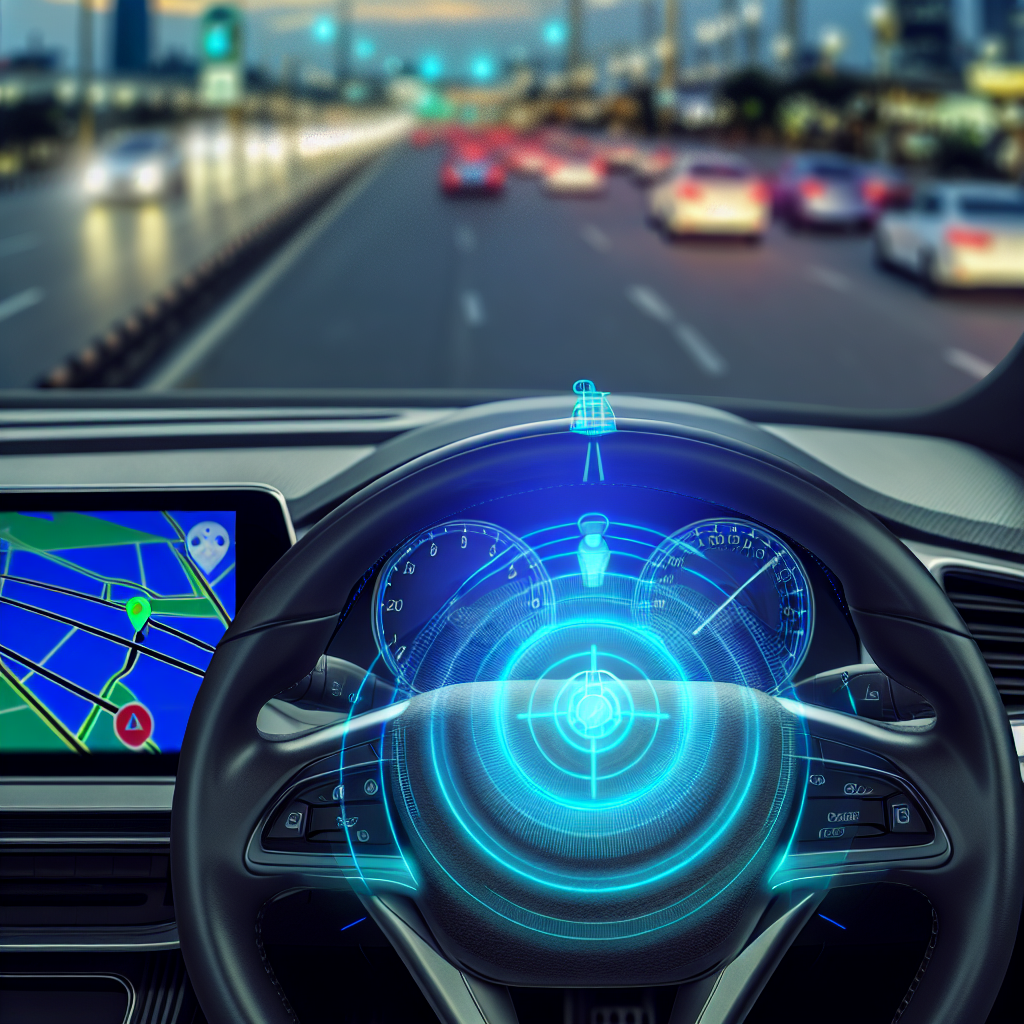The Potential Impact of OpenAI’s Deepfake Flagging Plan on Election Integrity
OpenAI, the renowned artificial intelligence research laboratory, recently announced its plan to develop a system that can flag deepfake videos ahead of the 2024 elections. While this initiative may seem like a step in the right direction for preserving election integrity, it is not without its flaws and potential consequences.
Deepfake technology has become increasingly sophisticated in recent years, allowing individuals to create highly realistic videos that manipulate or fabricate content. These videos can be used to spread misinformation, manipulate public opinion, and even undermine the democratic process. Recognizing the potential harm that deepfakes pose to elections, OpenAI aims to create a tool that can detect and flag such videos before they can cause significant damage.
The idea behind OpenAI’s plan is to develop an automated system that can analyze videos and identify signs of manipulation or fabrication. This system would then flag these videos for further review by human fact-checkers or election officials. On the surface, this approach seems promising, as it combines the power of AI with human expertise to combat the spread of deepfakes. However, there are several challenges and concerns that need to be addressed.
Firstly, the development of an effective deepfake detection system is an incredibly complex task. Deepfakes are constantly evolving, and creators are finding new ways to make them more convincing. OpenAI’s system would need to keep up with these advancements to remain effective. Additionally, the system must be able to distinguish between harmless video editing and malicious deepfake manipulation. False positives could lead to the unnecessary flagging of legitimate content, potentially infringing on free speech rights.
Another concern is the potential for bias in the detection system. AI algorithms are only as good as the data they are trained on, and if the training data is biased, the system may inadvertently flag certain videos more frequently than others. This could result in a disproportionate impact on certain political candidates or groups, potentially influencing the election outcome. OpenAI must ensure that the training data is diverse and representative to minimize the risk of bias.
Furthermore, the reliance on human fact-checkers or election officials to review flagged videos introduces another set of challenges. The sheer volume of videos that would need to be reviewed during an election season is staggering. It is unclear whether there would be enough resources and manpower to adequately review and verify each flagged video in a timely manner. Delays in the review process could undermine the effectiveness of the system and allow deepfakes to spread unchecked.
Additionally, the involvement of human reviewers introduces the potential for human error or bias. Different reviewers may interpret the same video differently, leading to inconsistencies in the flagging process. OpenAI must establish clear guidelines and protocols to ensure consistency and minimize the risk of subjective judgments.
In conclusion, while OpenAI’s plan to flag deepfakes ahead of the 2024 elections is a commendable effort to protect election integrity, it is not without its flaws and potential consequences. The development of an effective deepfake detection system, addressing bias concerns, and ensuring timely and consistent review processes are just some of the challenges that need to be overcome. OpenAI must carefully navigate these obstacles to ensure that their plan does not inadvertently infringe on free speech rights or introduce unintended biases that could undermine the democratic process.
Ethical Concerns Surrounding OpenAI’s Approach to Deepfake Detection in Elections
OpenAI, the renowned artificial intelligence research laboratory, has recently unveiled its ambitious plan to develop a system capable of flagging deepfakes ahead of the 2024 elections. While this initiative may seem like a step in the right direction, it is not without its ethical concerns.
Deepfakes, which are highly realistic manipulated videos or images, have become a growing concern in recent years. With the ability to convincingly depict individuals saying or doing things they never actually did, deepfakes have the potential to undermine the integrity of elections and spread misinformation on a massive scale. It is no wonder that organizations like OpenAI are working tirelessly to combat this threat.
However, OpenAI’s approach to deepfake detection raises some ethical red flags. The proposed system aims to identify and flag deepfakes by analyzing the content itself, without relying on external verification or fact-checking. While this may seem like a convenient and efficient solution, it opens the door to potential biases and false positives.
By solely relying on content analysis, OpenAI’s system runs the risk of flagging legitimate content as deepfakes. This could have serious consequences, as it may lead to the suppression of genuine information and limit freedom of speech. Moreover, the system’s accuracy in detecting deepfakes is not foolproof, and false negatives could allow malicious actors to spread misinformation undetected.
Another concern surrounding OpenAI’s approach is the lack of transparency and accountability. The inner workings of the system, including the algorithms and criteria used for deepfake detection, are not made public. This lack of transparency raises questions about the potential biases and limitations of the system. Without external scrutiny, it becomes difficult to assess the system’s reliability and fairness.
Furthermore, OpenAI’s plan to deploy the deepfake detection system ahead of the 2024 elections raises concerns about the rushed implementation of untested technology. Developing an effective and unbiased deepfake detection system requires extensive research, testing, and refinement. Rushing the deployment of such a system without thorough evaluation could lead to unintended consequences and further erode trust in the electoral process.
To address these ethical concerns, OpenAI should prioritize transparency and external oversight. Making the system’s algorithms and criteria public would allow for independent scrutiny and help identify potential biases. Additionally, involving external experts and organizations in the development and evaluation process would ensure a more comprehensive and unbiased approach.
OpenAI should also consider integrating external verification and fact-checking into its deepfake detection system. By combining content analysis with external sources, the system could provide a more accurate and reliable assessment of the authenticity of the content. This would help mitigate the risk of false positives and ensure that legitimate information is not wrongly flagged as deepfakes.
In conclusion, while OpenAI’s plan to flag deepfakes ahead of the 2024 elections is commendable, it is crucial to address the ethical concerns surrounding their approach. The reliance on content analysis alone, the lack of transparency, and the rushed implementation of untested technology all raise valid concerns. By prioritizing transparency, external oversight, and integrating external verification, OpenAI can develop a more robust and ethical deepfake detection system that safeguards the integrity of elections without compromising freedom of speech.
The Challenges and Limitations of OpenAI’s Proposed Deepfake Flagging System for the 2024 Elections
OpenAI, the renowned artificial intelligence research laboratory, has recently unveiled its ambitious plan to develop a deepfake flagging system ahead of the 2024 elections. Deepfakes, which are highly realistic manipulated videos, have become a growing concern in the realm of politics, as they can be used to spread misinformation and manipulate public opinion. While OpenAI’s initiative is commendable, it is important to acknowledge the challenges and limitations that may hinder the effectiveness of their proposed system.
One of the primary challenges that OpenAI faces is the rapidly evolving nature of deepfake technology. As researchers and developers continue to refine their techniques, deepfakes are becoming increasingly difficult to detect. OpenAI’s proposed system would need to constantly adapt and evolve to keep up with these advancements. However, this poses a significant challenge, as it requires continuous monitoring and updating of the system to ensure its accuracy and effectiveness.
Another limitation of OpenAI’s plan is the reliance on machine learning algorithms. While machine learning has proven to be a powerful tool in various domains, it is not without its flaws. Deepfake detection relies heavily on training algorithms with large datasets of both real and manipulated videos. However, the availability of such datasets is limited, making it difficult to train the algorithms to accurately identify deepfakes. Additionally, machine learning algorithms are susceptible to biases and may struggle to detect subtle manipulations that deviate from the training data.
Furthermore, the sheer volume of content on the internet presents a significant challenge for OpenAI’s proposed system. With millions of videos being uploaded every day, it would be a monumental task to analyze each one for potential deepfakes. OpenAI would need to develop efficient algorithms that can quickly process and analyze vast amounts of data without compromising accuracy. Additionally, the system would need to prioritize high-risk content, such as videos related to political campaigns, to ensure timely detection and flagging.
Another concern is the potential for false positives and negatives. Deepfake detection systems often face the challenge of correctly identifying manipulated videos while avoiding false alarms. False positives, where genuine videos are mistakenly flagged as deepfakes, can lead to unnecessary panic and censorship. On the other hand, false negatives, where deepfakes go undetected, can undermine the system’s credibility and effectiveness. Striking the right balance between sensitivity and specificity is crucial for OpenAI’s proposed system to be successful.
Lastly, there are ethical considerations surrounding the use of deepfake flagging systems. While the intention behind OpenAI’s initiative is to combat misinformation, there is a risk of infringing on individuals’ privacy and freedom of expression. The system would need to strike a delicate balance between protecting the public from harmful deepfakes and respecting individuals’ rights. OpenAI must ensure transparency and accountability in the development and deployment of their system to address these ethical concerns.
In conclusion, OpenAI’s plan to develop a deepfake flagging system for the 2024 elections is a commendable effort to combat the spread of misinformation. However, it is important to acknowledge the challenges and limitations that may hinder the effectiveness of their proposed system. The rapidly evolving nature of deepfake technology, reliance on machine learning algorithms, the volume of content on the internet, the potential for false positives and negatives, and ethical considerations all pose significant hurdles. OpenAI must address these challenges and limitations to develop a robust and reliable system that can effectively flag deepfakes and protect the integrity of the electoral process.

